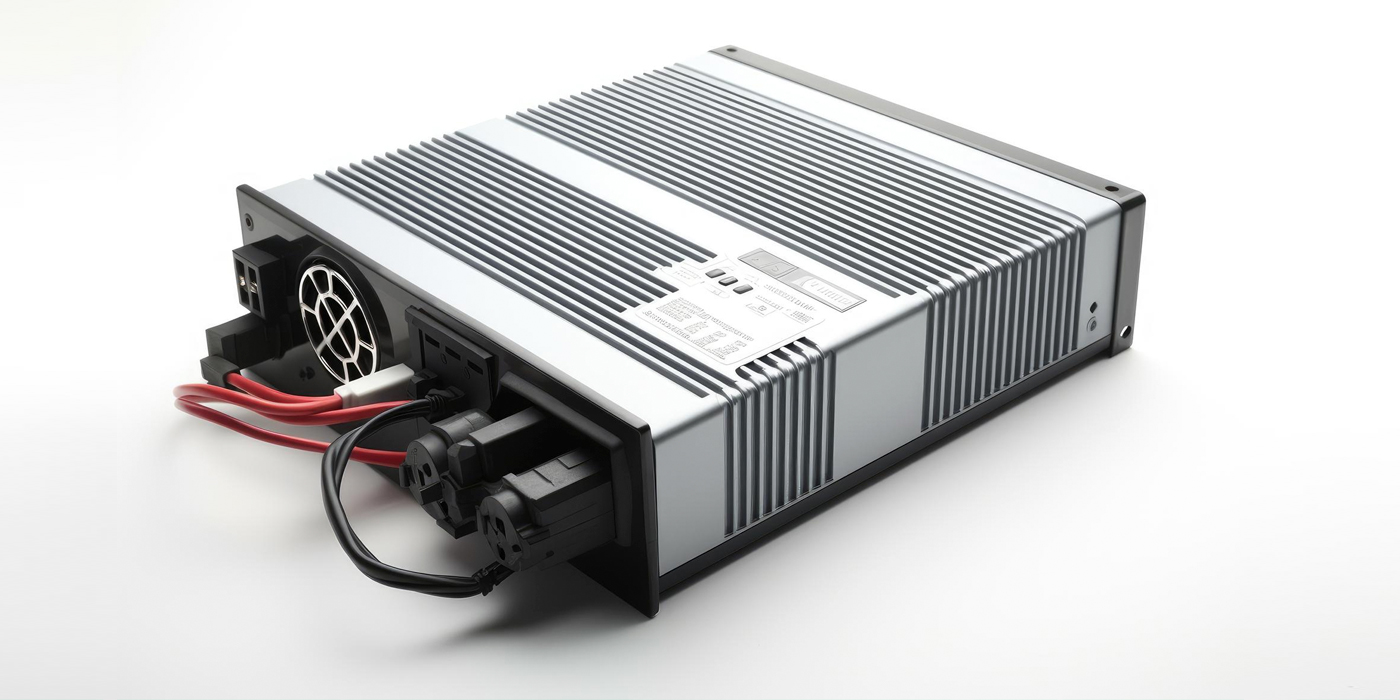There can be a lot of technical lingo associated with solar systems that can leave a person feeling overwhelmed when exploring renewable energy. OneGrid Solar is here to empower their customers with the knowledge to navigate industry standards. Most people are familiar with what a solar panel is, but how about all the additional features that illuminate a solar system? Let’s start with inverters…
What are Inverters?
Inverters play a crucial role in the optimization of any solar panel array. They process the energy that is produced by sunlight and convert it into electricity that is compatible with the current (AC/DC) that is consumed by a home or business’ electrical grid components.
In today’s industry, there are three distinct classifications of inverter configurations: string inverters, string inverters paired with power optimizers and microinverters. We’ll break them down for you…
String Inverters
String Inverters are the least favorable, slowly making their way out by the top installers, due to their ability to cripple an entire system from producing if one panel goes out. The best way to describe how these inverters operate is to think of a string of holiday lights: if one bulb goes out, one is often left with an entire string of lights that doesn’t operate. This type of inverter is often reliant on the entire group of panels to continue operating the system.
Connected to a centralized inverter, panels are connected via a “string” that feeds the energy produced by the sun through a grouping of wires. Problems arise with this method if one or more panels are prone to shade throughout the day, often causing the sunlit panels to produce energy at a lower rate. In other words, the system’s production is determined as a centralized group instead of individual panels producing at their full capacity.
Another obstacle with string converters is the ability to monitor the efficiency of individual panels. This technique only allows monitoring of the string, or group, of panels rather than separately monitoring the production of individual panels. String inverters often have the shortest warranty, typically 12 years, so customers should be aware that they will need to be replaced during the life of their system.
String inverters are the oldest technology, making them the most cost-efficient, but at detriment to maximizing the efficiency of a system.
Power Optimizers
Power Optimizers are a step up from string inverters but are still considered a middle-ground option when choosing an inverter. This technique of installation takes a string inverter system and pairs each panel with a power optimizer, which are attached to each individual panel on the roof. The optimizers process the electricity from each panel before sending it to a centralized inverter.
This results in a slightly more optimized system, speeding up the conversion process and allowing for individual panel monitoring versus the group as a whole. Power optimizers also reduce the impact caused by panels that may have more shading than others.
Power optimizers are typically covered by warranties of 25-years; however, the string inverters will still need to be replaced at the 12-year range.
Microinverters
Microinverters, while they aren’t new to the industry, have quickly emerged as the superior inverter by top-quality solar installers due to their efficiency and capabilities. These inverters are installed on the backside of each individual panel or onto the mounting rack, allowing for rapid conversion of energy at the source.
These inverters avoid the need for a string system to process the energy and allow for individual panel monitoring, offering the best performance throughout the life of a system. Microinverters are typically covered by 25-year warranties from the manufacturer.
OneGrid Solar installs only the top-producing microinverters available to the industry. We believe that the longevity and efficiencies of microinverters reflect our promise to our customers – offering a bright partnership with the best installation with the best products for the best price. OneGrid Solar extends the manufacturer’s warranty on each installation to cover equipment, roof penetrations, power production and labor for 30-years.
Contact OneGrid Solar to learn more about how a solar system with microinverters can illuminate any home or business’ power production and knock out high utility costs!





